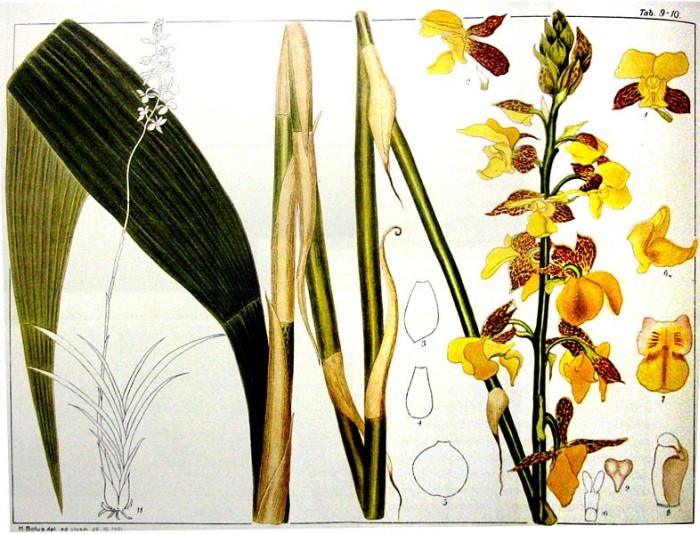Harry Bolus (1834-1911)
Get a Harry Bolus (1834-1911) Certificate of Authenticity for your painting (COA) for your Harry Bolus (1834-1911) drawing.
For all your Harry Bolus (1834-1911) artworks you need a Certificate of Authenticity (COA) in order to sell, to insure or to donate for a tax deduction.
Getting a Harry Bolus (1834-1911) Certificate of Authenticity (COA) is easy. Just send us photos and dimensions and tell us what you know about the origin or history of your Harry Bolus (1834-1911) painting or drawing.
If you want to sell your Harry Bolus (1834-1911) painting or drawing use our selling services. We offer Harry Bolus (1834-1911) selling help, selling advice, private treaty sales and full brokerage.
We have been authenticating Harry Bolus (1834-1911) and issuing certificates of authenticity since 2002. We are recognized Harry Bolus (1834-1911) experts and Harry Bolus (1834-1911) certified appraisers. We issue COAs and appraisals for all Harry Bolus (1834-1911) artworks.
Our Harry Bolus (1834-1911) paintings and drawings authentications are accepted and respected worldwide.
Each COA is backed by in-depth research and analysis authentication reports.
The Harry Bolus (1834-1911) certificates of authenticity we issue are based on solid, reliable and fully referenced art investigations, authentication research, analytical work and forensic studies.
We are available to examine your Harry Bolus (1834-1911) painting or drawing anywhere in the world.
You will generally receive your certificates of authenticity and authentication report within two weeks. Some complicated cases with difficult to research Harry Bolus (1834-1911) paintings or drawings take longer.
Our clients include Harry Bolus (1834-1911) collectors, investors, tax authorities, insurance adjusters, appraisers, valuers, auctioneers, Federal agencies and many law firms.
We perform Harry Bolus art authentication, appraisal, certificates of authenticity (COA), analysis, research, scientific tests, full art authentications. We will help you sell your Harry Bolus or we will sell it for you.

Harry Bolus was a South African botanist, botanical artist, businessman and philanthropist. He advanced botany in South Africa by establishing bursaries, founding the Bolus Herbarium and bequeathing his library and a large part of his fortune to the South African College (now the University of Cape Town). Active in scientific circles, he was a Fellow of the Linnean Society, member and president of the South African Philosophical Society (later the Royal Society of SA), awarded the SA Medal and Grant by the SA Association for the Advancement of Science and an honorary DSc. from the University of the Cape of Good Hope. Volume 121 of Curtis’ Botanical Magazine was dedicated to him. He is commemorated in five genera: Bolusia Benth., Bolusafra Kuntze, Neobolusia Schltr., Bolusanthus Harms and Bolusiella Schltr., as well as numerous specific names.
Bolus was born in Nottingham, England. He was educated at Castle Gate School, Nottingham. The headmaster, George Herbert, regularly corresponded with and received plant specimens from William Kensit of Grahamstown, South Africa. Kensit requested that the headmaster send him one of his pupils as an assistant; Harry Bolus duly landed at Port Elizabeth from the ship Jane in March 1850. He spent two years with Kensit and then moved to Port Elizabeth. Following a short visit to England, he settled in Graaff-Reinet, where he would live for the next 19 years. In 1857 he married Sophia Kensit, the sister of William Kensit. Between 1858 and 1870 they had 3 sons and a daughter. In 1864 he lost his eldest son, and Francis Guthrie who had become a close friend, suggested his taking up botany to ameliorate his loss. He started his botanical collection in 1865 and was soon corresponding with Joseph Hooker at Kew, William Henry Harvey in Dublin and Peter MacOwan in Grahamstown. In 1875 he joined his brother Walter in Cape Town, settling in the suburb of Kenilworth, where they founded a stockbroking firm. The following year he and Guthrie made their first visit to Kew, taking with them a large number of plant specimens for naming. Returning in the Windsor Castle in October 1876, the ship struck a reef off Dassen Island with the loss of his specimens and notes. Not daunted, he set about the collection of new specimens and organised expeditions to various corners of South Africa. He was an excellent field botanist and published numerous books on his observations. Although adventurous by nature, he was also quiet and unassuming.
His business flourished so that many fine botanical books came into his possession. Complete sets of the Botanical Magazine, Botanical Register, Refugium Botanicum, and the large folios of Pierre-Joseph Redouté, Nikolaus Joseph von Jacquin, Ferdinand Bauer and Francis Masson formed part of his collection. He founded the Harry Bolus Professorship at the Cape University and left a large trust for scholarships. He also donated his extensive herbarium and library to the South African College. He was one of the founding members of the South African Philosophical Society.
Harry Bolus died of heart failure at Oxford, Surrey, on the 25th of May, 1911. His youngest son Frank married Harriet Margaret Louisa Kensit, William Kensit’s granddaughter, the following year.
